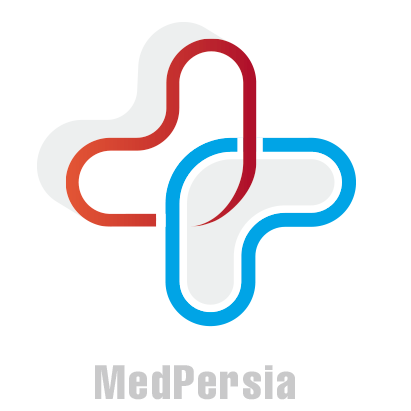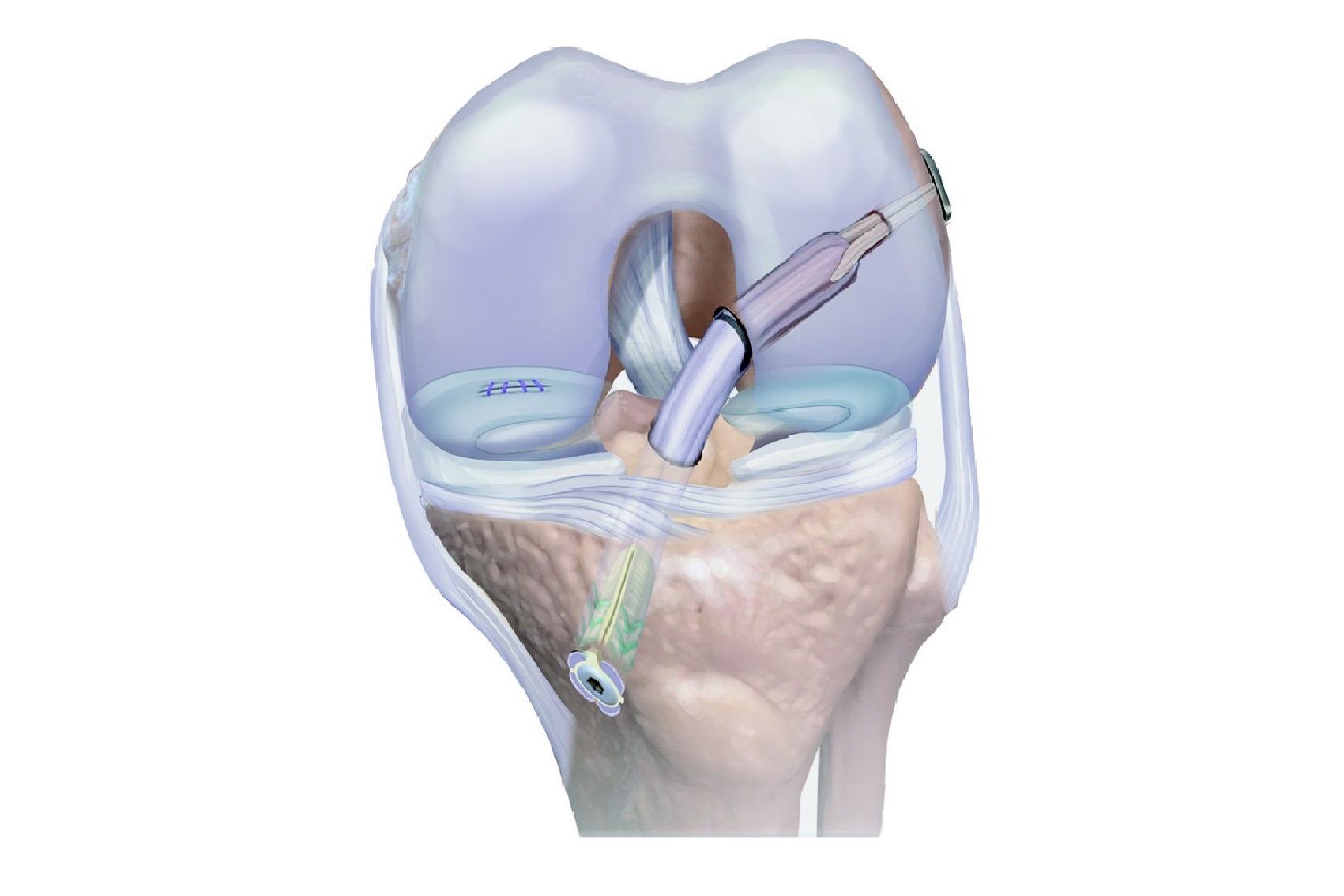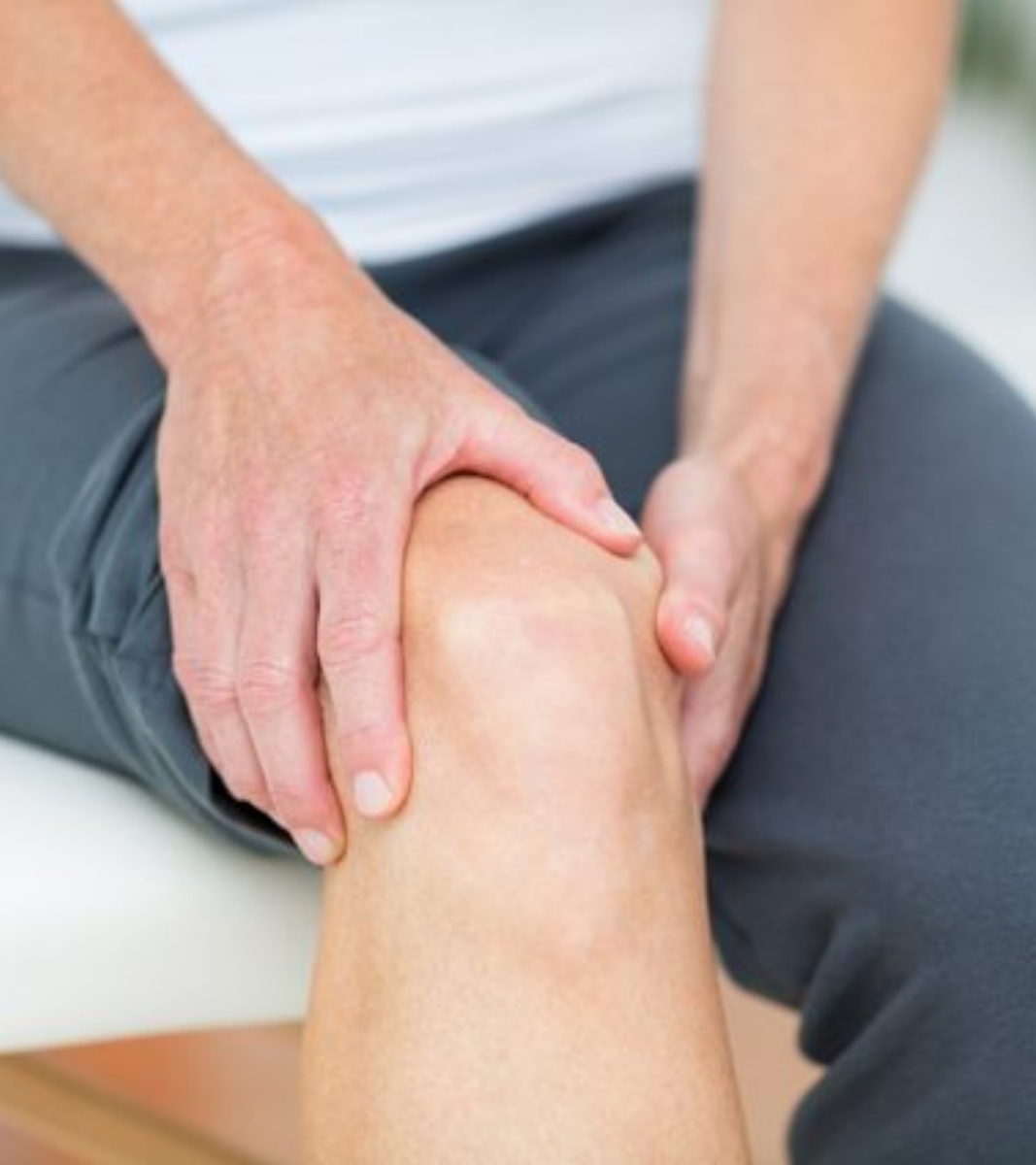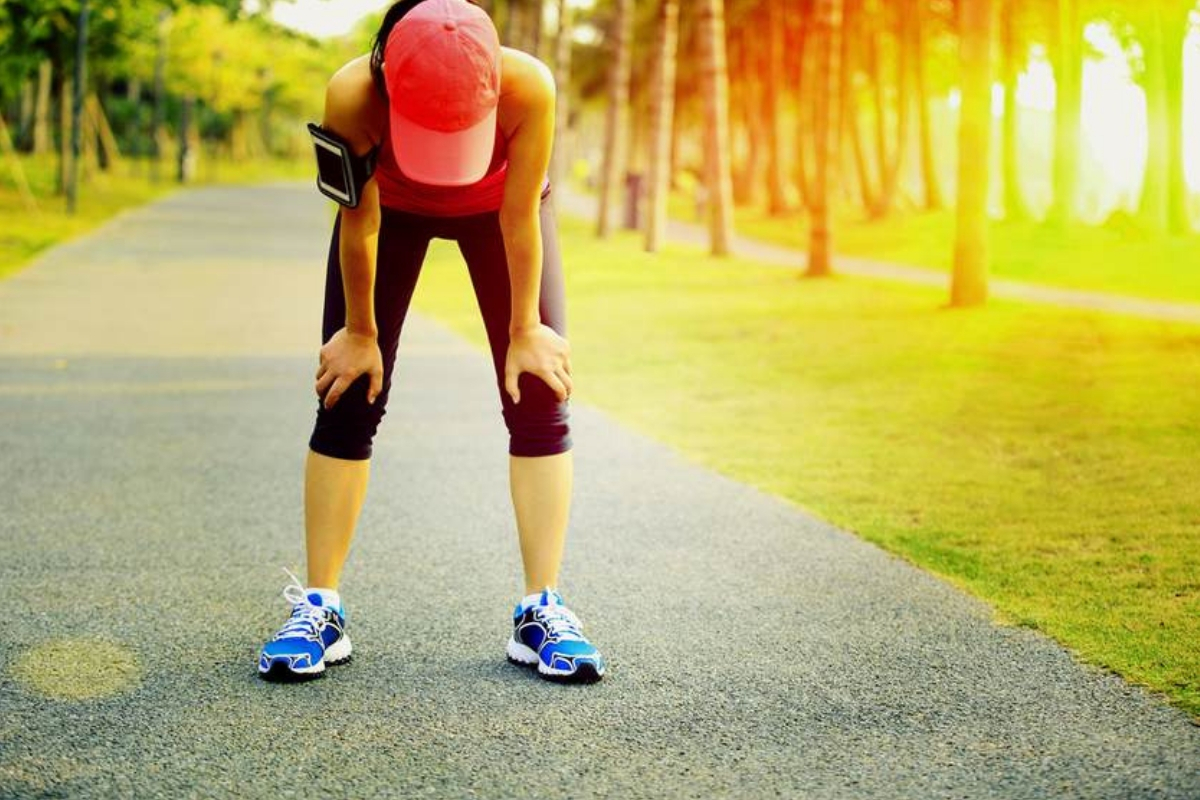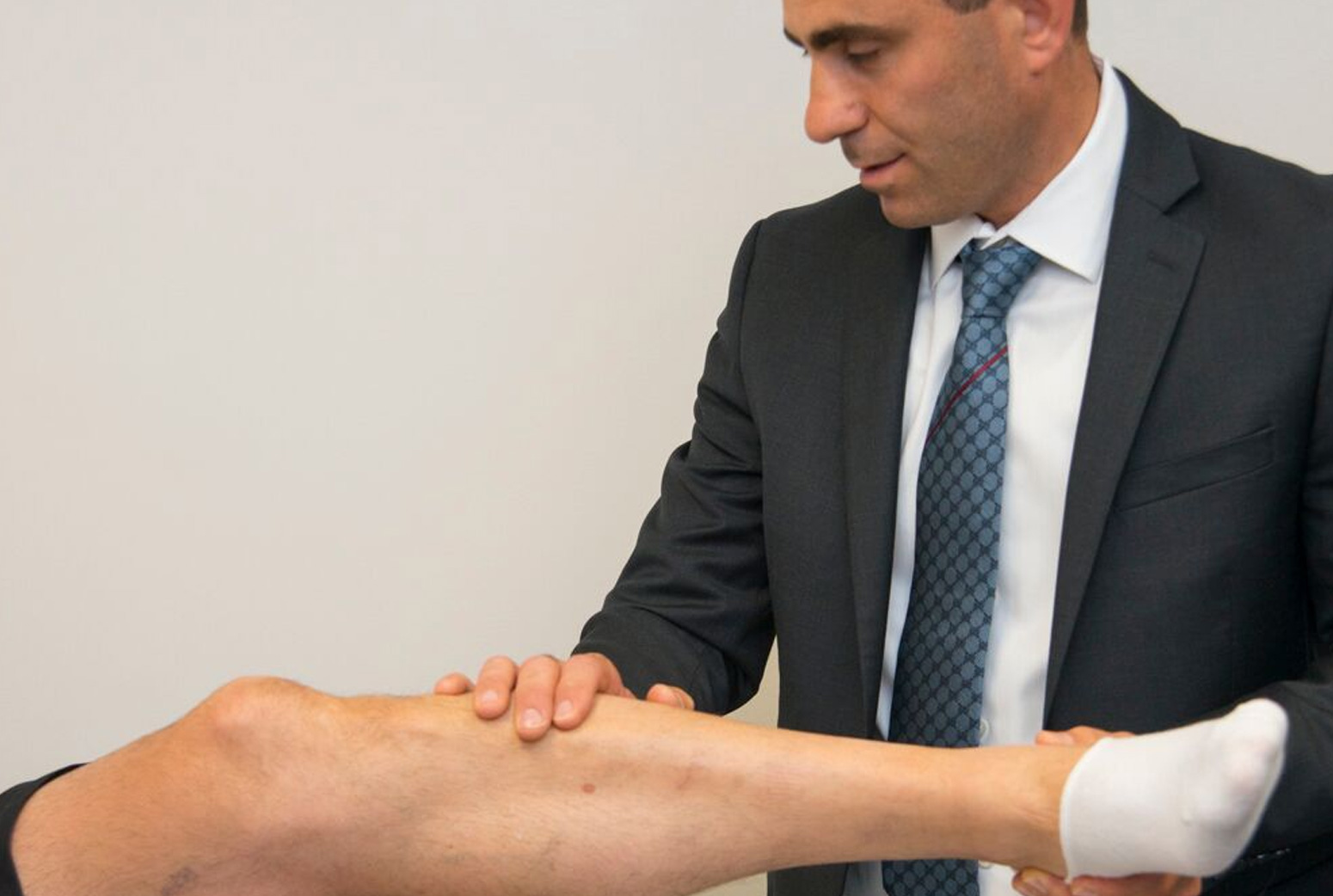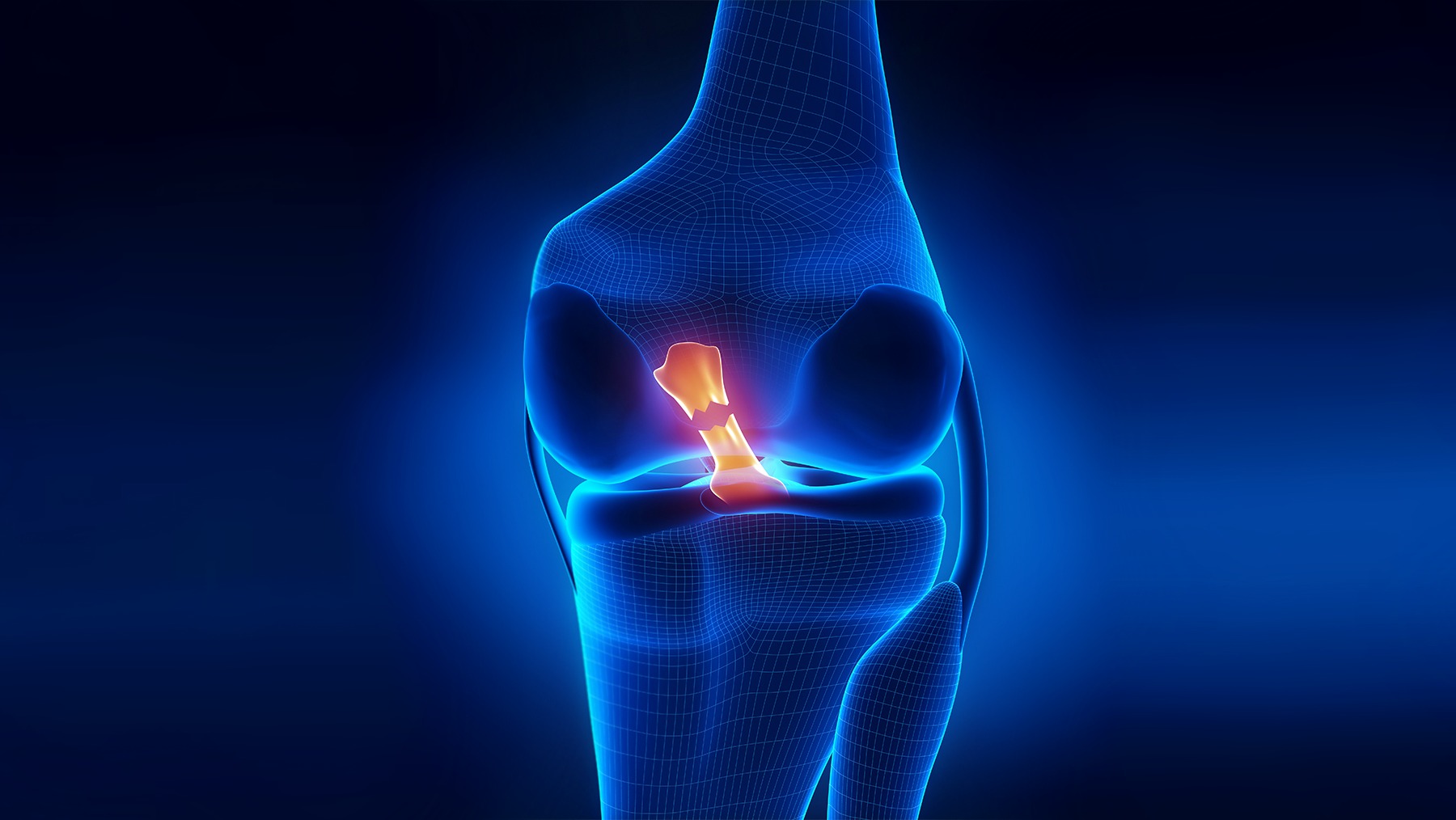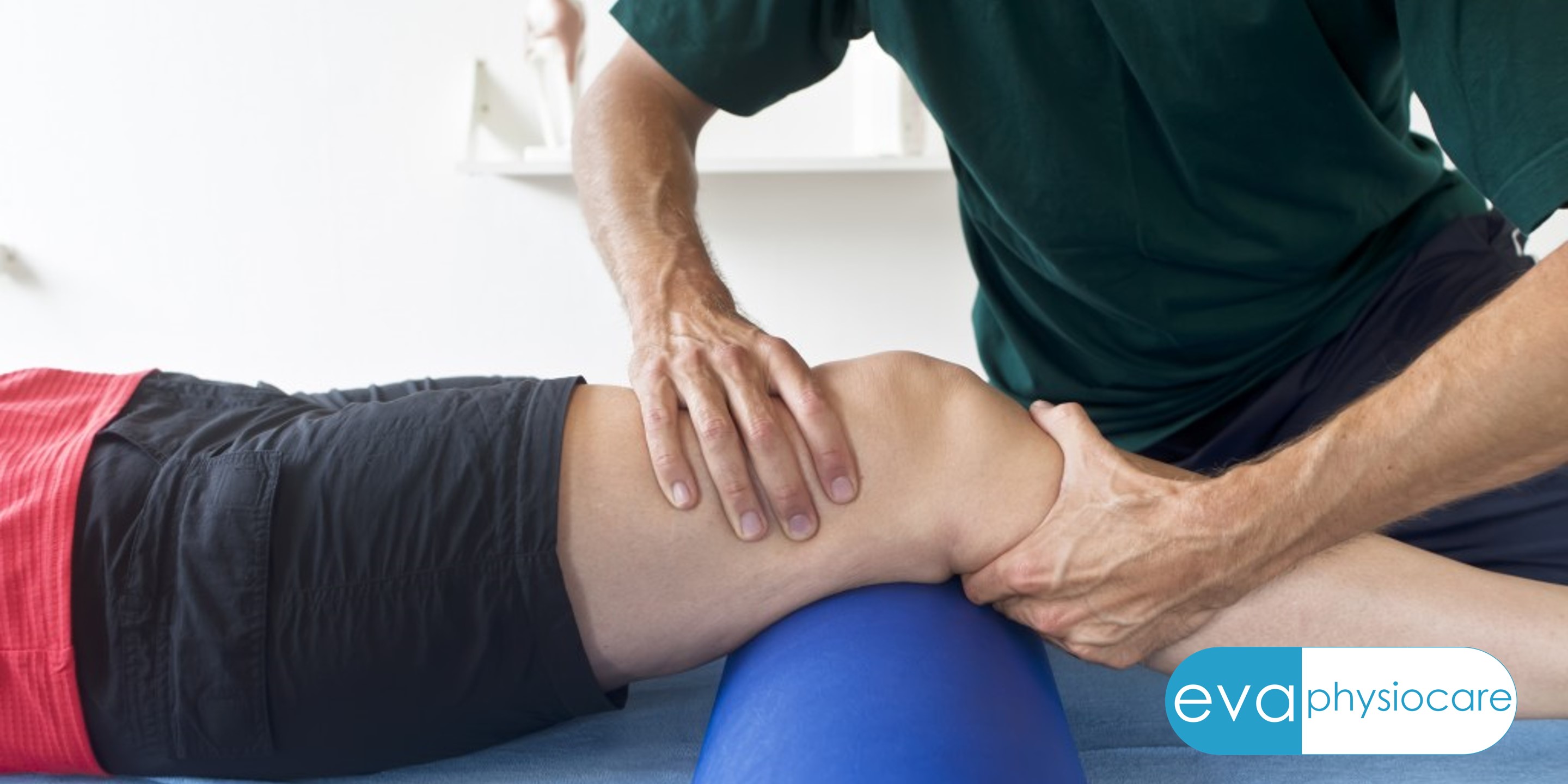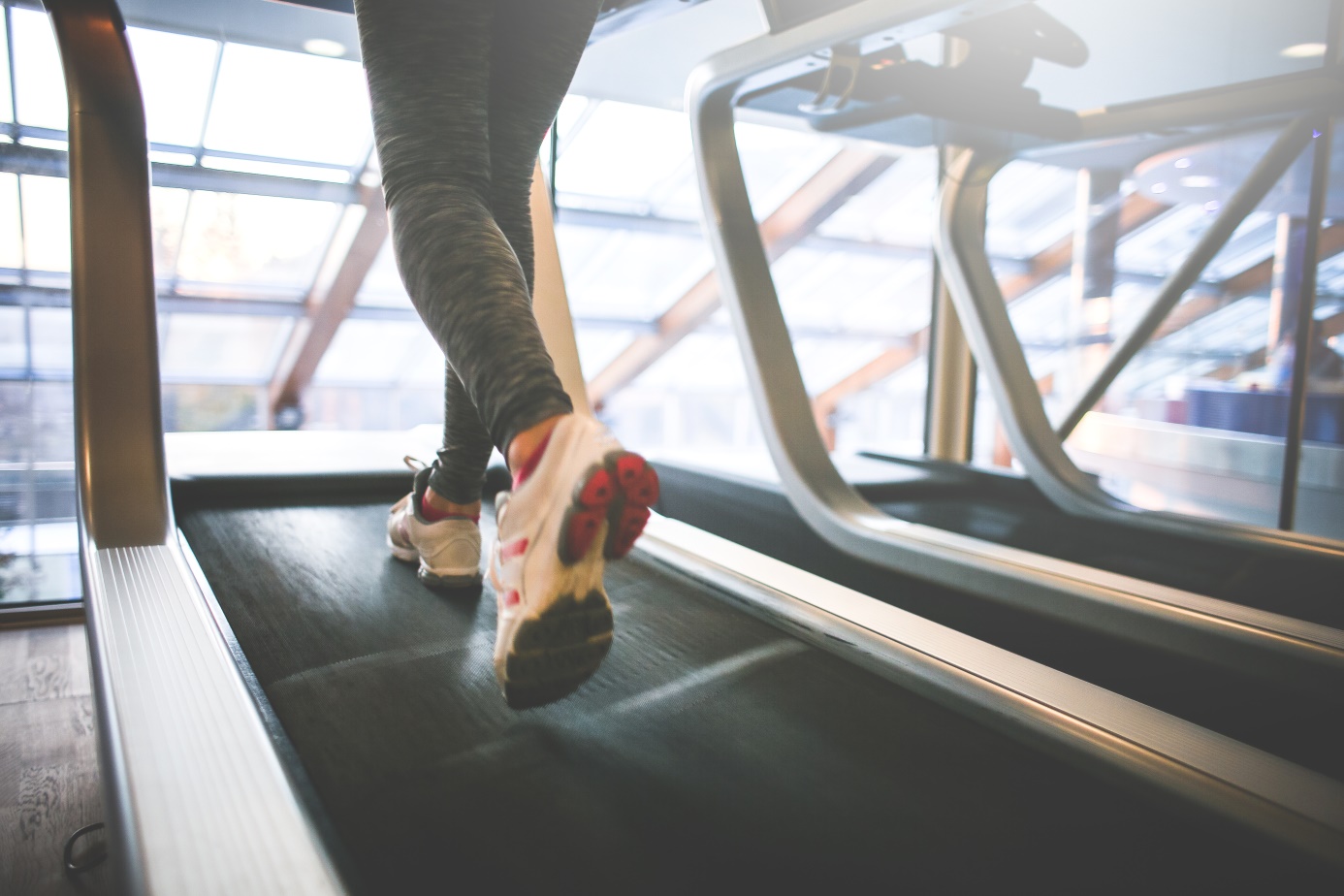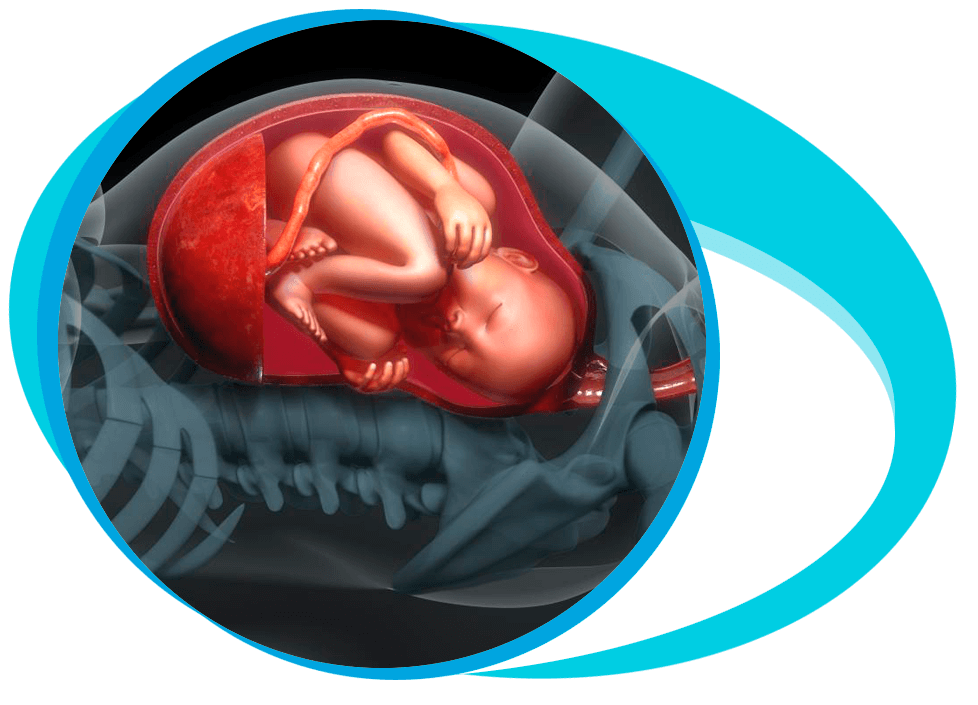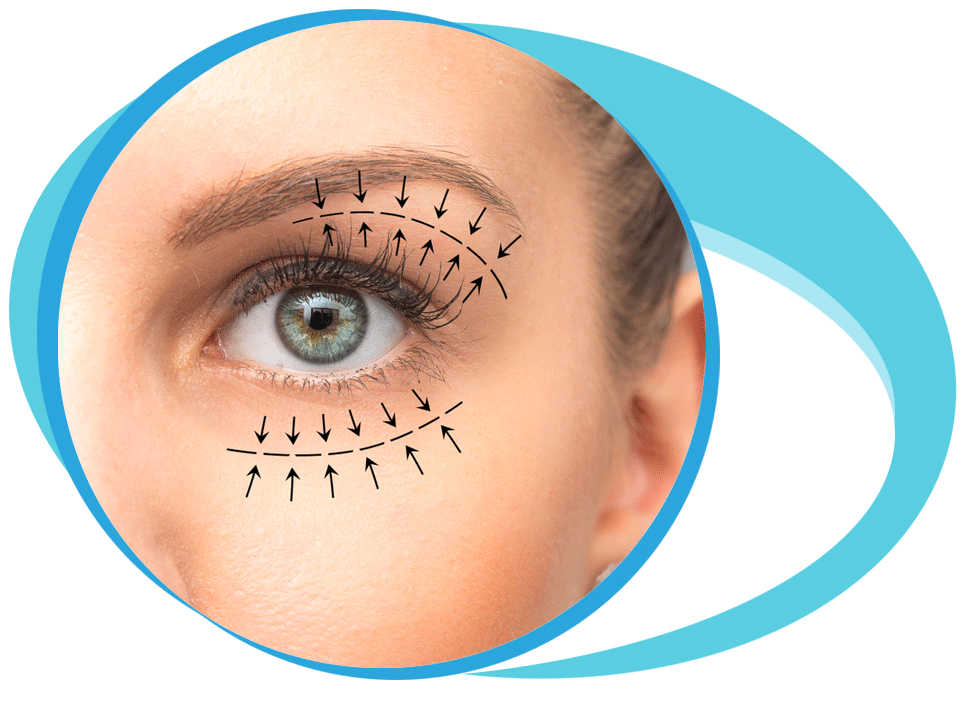Anterior Cruciate Ligament (ACL) Reconstruction in Iran Details
What ACL Stands For?
ACL means Anterior Cruciate Ligament that maintains the stability of the knee joint.
This ligament helps in moving or rotating your knee or kicking something.
If ACL is hurt or fractured due to any reason, the knee becomes unstable, leading to your knee joint more damaged with time.
In that case, an ACL treatment is required that includes both surgical reconstruction and Physiotherapy.
Non-surgical treatment is advised if:
- The patient is more than 35 years old
- There is no or minimal anterior tibial subluxation
- There is no previous record of intra-articular injury
- The patient is not involved in any activity that puts stress on the knee
Surgical treatment is favored if:
- The patient is younger than 25 years of age
- The patient already has a mark of anterior tibial subluxation
- There is a previous incidence of intra-articular injury
- The patient is highly active
The doctors assess the patients based on the above two sets of criteria before suggesting the treatment.
In the most common cases, the ACL injury is caused by sudden stops and moves in different directions that are parts of sports like basketball, football, downhill skiing, and gymnastics.
Under the ACL reconstruction surgery, the affected ACL, which is a major knee ligament, is removed and replaced with a piece of tendon from another part of your knee.
The tendon can also be taken from a deceased donor.
ACL reconstruction is performed by an orthopedic surgeon who specializes in surgical procedures of the bones and joints.
Small cuts around your knee joint do this surgery, and the patient needs not to stay overnight in the hospital.
Why is the ACL Reconstruction Necessary?
Ligaments join one bone to another and are like strong bands formed by tissues. Our knee has two ligaments, one of which is ACL that crosses the middle of the knee connecting the thighbone (femur) to the shinbone (tibia).
This ligament helps stabilize your knee joint and an injured ACL lack in this functionality.
Most ACL injuries are caused during sports and fitness activities that involve stress on the knee like:
- Sudden slow down and change of direction (cutting)
- Moving your upper leg while the foot is firmly placed
- Incorrect or imbalanced landing from a jump
- Sudden stop from high-speed movement
- A hard and direct hit to the knee
Those who are comparatively inactive and undergo only moderate exercise and activities may opt for a course of physical therapy that can successfully treat an ACL injury.
This treatment is also applicable to sportspersons who receive less stress on the knees.
An ACL reconstruction is generally recommended for:
- Athletes, especially if the sport involves jumping, cutting or pivoting
- Individuals with more than one ligament or the meniscus injured in the knee
- Those suffering from the pain on the knee during everyday activities
- The younger individuals concerning the activity level rather than age
An ACL reconstruction is also recommended to:
- Restore the knee stability
- Maintain a full active range of motion
- normalize the Isometric ligament function
The ACL reconstruction surgery aims at restoring knee stability and maintaining a full and active range of motion (ROM).
The main function of the ACL is to provide stability to resist both Anteroposterior translations and rotational subluxation.
The techniques of ACL reconstruction and the graft materials to be used vary depending on the patients.
The surgical planning is decided based on the patient’s symptoms and the level and type of activity they involve in.
The conservative planning is useful if their sport involves rotating movements, but the long term prognosis isn’t a favorable technique.
As different surgeons use different techniques, there is no prime standard for reconstruction surgery methods.
Also, the recent techniques are still unable to provide any firm outcome and long term results.
The different techniques often make it even more complex to decide which method is suitable, such as an intra-articular vs. extra-articular reconstruction, arthroscopic vs. open surgery, single vs. double-bundle, femoral tunnel placement, number of graft strands, and fixation methods.
Initially, extra-articular reconstruction has been used to fix the pivotal shift, which seemed better than that provided by intra-articular reconstruction, but the method doesn’t ensure residual stability.
On the other hand, intra-articular is a preferred method, but this technique does not restore the normal knee kinematics.
The double-bundle is a more anatomical and supportive method, especially when the Anteromedial and Posterolateral bundles are reproduced by the rotary loading using Gracilis and semitendinosus.
But the single bundle method (of the AM portion) is regarded to provide better rotator instability in the longer term.
To achieve the effective result from this method, all ligaments and capsular restraints must be in an isometric position within a full range of motion.
The ACL is not a single cord and has bundles of individual fibers that create the spiral configuration and spread over broad attachment areas.
The isometric function of the ACL is restrained by the configuration of its two fiber bundles, the Anteromedial and Posterolateral and their attachments.
The ligament attachment areas shouldn’t be touched or altered during the reconstruction as the structure is too complex to manage correctly.
Risks Related to ACL Reconstruction:
As you know that ACL reconstruction is a surgical procedure, the risk of bleeding and infection in the surgical area is associated with it like any other surgery.
The common post-surgery issues include:
- Suffering from knee pain or stiffness
- Late and poor healing of the graft
- Failure of the graft after returning to sport
Steps followed in ACL Reconstruction Surgery
The goal of the reconstruction surgery is to make the knee stable as before and give it the full range of motion.
Usually the whole procedure of surgery takes about an hour to be completed.
The patients are kept under general anesthesia so that they won’t feel or remember the pain of surgery.
In almost all cases, people go home the same day after surgery.
Generally, Doctors follow arthroscopic surgery for ACL reconstruction.
This means they make incisions around the knee to insert small tools with a camera.
With this method, the skin receives fewer scars than with open-knee surgery.
Then, the doctor removes the damaged ligament from the knee and replace it with new tissue that is a segment of the tendon taken from outside.
The replaced tissue or tendon is known as a graft that could be taken from another part of your knee, hamstring, or thigh or a deceased donor.
All are proved to work fine.
The surgeons drill sockets or tunnels into the thighbone and shinbone to accurately place the graft.
After placing the graft, it is fixed to the bones with screws or other fixation tools.
The graft serves as a structure or bridge on which new ligament tissue can grow as you heal.
It can take several months for a new ACL to grow in fully.
Post-Surgery Instructions
After the completion of the surgery, you can go home the same day after recovering from anesthesia.
The doctors normally prescribe to wear a knee brace or splint that protect the graft.
The doctors ask to use crutches to avoid pressure on the knee when you walk.
Also, before going home, the doctor will make you practice walking with the help of crutches.
Post-surgery, it is important to place your leg at a higher position.
So, keep your knee elevated on pillows.
Also, apply ice to your knee and be on rest as much as possible.
You must follow the specific instructions given by your doctor to control swelling and pain after surgery.
Wrapping your knee in an ace bandage work well to keep it compressed and avoid swelling.
The commonly used pain relief drugs that are easily available at chemist’s shop include acetaminophen (Tylenol), ibuprofen (Advil, Motrin IB, others) and naproxen sodium (Aleve).
Depending on the situation, your doctor might prescribe stronger medications, such as meloxicam (Mobic, Vivlodex, others) and gabapentin (Neurontin).
If you are given opioids, take them only in case of severe pain as they proved to have many side effects with a significant risk of addiction.
For a speedy recovery and to avoid any unfortunate incident, stick to your doctor’s advice on when to ice your knee, how long to use crutches and when it’s safe to bear weight on your knee.
You will also receive full instruction on how to manage post-surgery care like when you can shower or bathe and when you should change dressings on the wound.
It is better to learn how to change the dressing on your wound before you leave the hospital.
Doctors advise taking progressive physical therapy that strengthens the muscles around your knee and provides better flexibility.
You should do exercises under the supervision of a professional physical therapist who will teach you how to do exercises for better results.
The rehabilitation plan is important for proper healing and achieving the best possible outcomes.
Physical therapy is one of the most important steps post-surgery.
Once the ACL starts healing the doctors ask to go for physical therapy.
As physical therapy starts, you may back to your normal life within a few months.
Outcome
Usually, a successful ACL reconstruction followed by proper post-surgery rehabilitation program restores the stability to your knee and lets it function like before.
After a few weeks of the surgery, you should make efforts to obtain motion and functionality like your other knee.
Generally, full recovery takes about nine months. For athletes, they can back to the track in 8 to 12 months or even before that.

